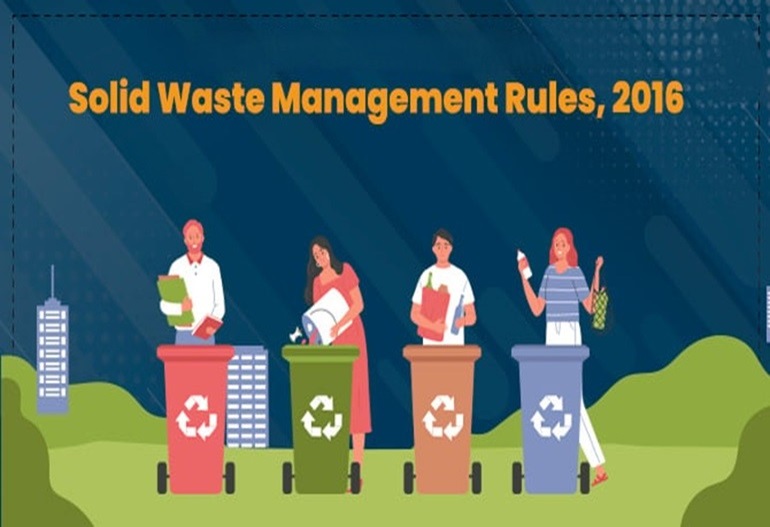What is Zero Liquid Discharge?
ZLD is an advanced wastewater treatment process that ensures no liquid waste is discharged into the environment. Instead, it recovers and reuses almost all water, while converting remaining waste into solid residues for safe disposal.
Zero Liquid Discharge is a treatment philosophy where every drop of wastewater is either recovered or transformed into reusable water and solid waste. The goal is to achieve:
- Maximum water recovery
- No untreated wastewater discharge
- Environmental protection
- Regulatory compliance with CPCB and NGT guidelines in India
Importance of ZLD in Wastewater Management
1. Water Reuse & Recycling – Saves fresh water by reusing treated water in cooling towers, boilers, landscaping, or flushing.
2. Environmental Compliance – Meets stringent discharge standards set by pollution control boards.
3. Pollution Reduction – Prevents contamination of rivers, lakes, and groundwater.
4. Cost Efficiency in Long-Term – Reduces dependency on freshwater sources and lowers disposal costs.
5. Sustainability – Supports corporate social responsibility (CSR) and sustainable industrial practices.
Latest Technologies Used in ZLD
ZLD systems combine several advanced treatment technologies to ensure 100% wastewater recycling. The main stages include:
1. Pre-Treatment (STP & ETP)
• Sewage Treatment Plants (STP): Used in residential complexes, commercial buildings, and municipalities. STPs treat sewage water biologically and chemically to remove organic matter, suspended solids, and pathogens. When integrated with ZLD, the treated sewage water can be fully reused for flushing, gardening, and cooling.
• Effluent Treatment Plants (ETP): Installed in industries to treat chemical-laden wastewater. ETPs remove oils, heavy metals, toxic chemicals, and dissolved solids. For ZLD, ETPs ensure effluents are pre-treated before further recovery processes.
2. Reverse Osmosis (RO)
RO is a critical step in ZLD. After pre-treatment, water is passed through RO membranes, which separate pure water from dissolved salts and impurities
• Permeate (clean water): Can be reused directly in processes.• Reject (concentrated brine): Sent to evaporators for further treatment.
3. Multiple Effect Evaporator (MEE)
MEE is used to concentrate RO reject water by evaporating it in multiple stages using steam energy. This reduces water volume and recovers additional clean water.
4. Agitated Thin Film Dryer (ATFD)The concentrated brine from MEE goes into ATFD, where it is evaporated under high agitation, leaving behind dry solid salts. These salts can be safely disposed of or reused in some industries.
5. CrystallizersCrystallizers convert dissolved salts into solid crystals, ensuring zero liquid remains.
Integration of STP, ETP, and RO in ZLD
ZLD is not a single machine but a combination of systems. STPs, ETPs, and RO units are the foundation of any ZLD process:
• STP + ZLD: Municipalities and residential projects can achieve 100% sewage recycling for gardening, flushing, and HVAC cooling systems.
• ETP + ZLD: Industries such as textiles, leather, paper, and chemicals use ETP + ZLD to ensure no toxic wastewater enters rivers or soil.
• RO + ZLD: RO recovers up to 70–80% of water, and ZLD systems handle the remaining reject to achieve complete closure of the water loop.
Industries Benefiting from ZLD
• Textiles & Dyeing Units – Handle colored and chemical-rich wastewater.• Pharmaceuticals – Treat high TDS and chemical wastewater.
• Power Plants – Recycle cooling tower blowdown.
• Food & Beverages – Manage organic-rich effluents sustainably.
• Refineries & Chemicals – Recover maximum water from high-pollutant effluents.
Advantages of Zero Liquid Discharge
• 100% water recovery for reuse• Compliance with environmental norms
• Reduced freshwater consumption
• Long-term operational savings
• Improved brand reputation for sustainability
• Protects natural ecosystems
About Our Wastewater Consultancy
At kirimawasu Pvt. Ltd., we provide expert solutions for Zero Liquid Discharge systems, STPs, ETPs, and RO plants. Our team specializes in:
• Designing customized ZLD systems
• Upgrading existing STP/ETP plants with ZLD technology
• Providing consultancy for CPCB/NGT compliance
• Offering cost-effective and energy-efficient solutions
We have worked with industrial, commercial, and municipal clients to help them achieve 100% wastewater recycling and environmental compliance.
Need a reliable ZLD, STP, or ETP solution? Contact us today for expert consultancy and customized designs.









Get In Touch
Plot No. 81, Sector 05, IMT Manesar, Gurgaon, 122051
info@kirimawasu.com
+91 98122 41001
Quick Links
© kirimawasu. All Rights Reserved.



